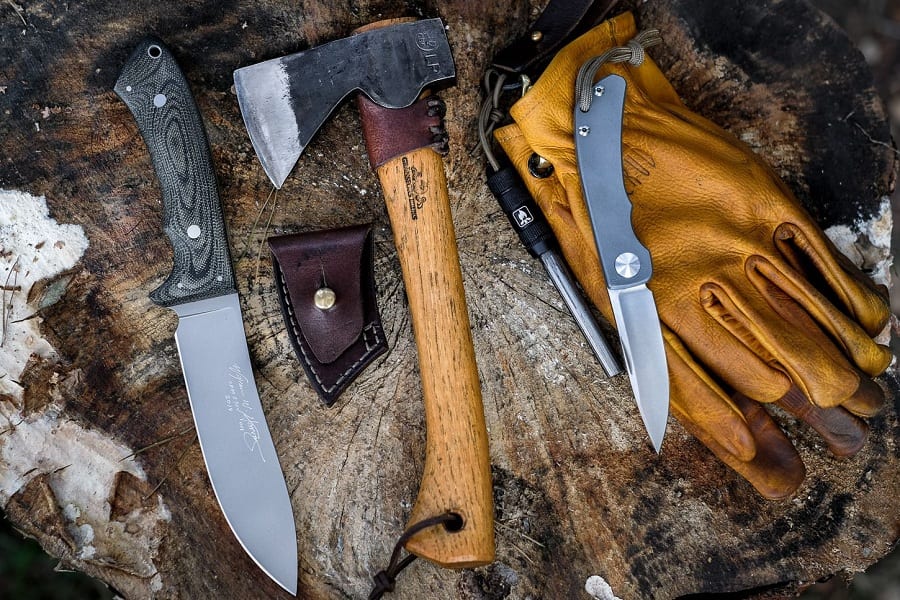Every wilderness sports enthusiast and survival expert knows that an outdoor trail run, swim, bike ride, or hike can unexpectedly and quickly turn into a survival scenario that’ll demand an overnight stay before any rescue team arrives.
That is why it’s vital what kind of tools and gear you need to have access to, just in case.
Thomas Coyne, a wilderness expert who has saved thousands during his 15-year tenure as a lead rescue firefighter in the Wildlands of California, has a rather shortlist of the most important things you’ll need to have to survive in the wilderness.
Coyne claims that shelter, water, fire, and a first aid kit are the key to your survival.
Furthermore, all of the must-have tools he carries with him can all comfortably fit inside a 1-gallon plastic bag, believe it or not.
In this article, we’re going to look at some of the essential wilderness survival tools you need to have with you when you’re out in the wild.
Contents
#1 Fire Starter
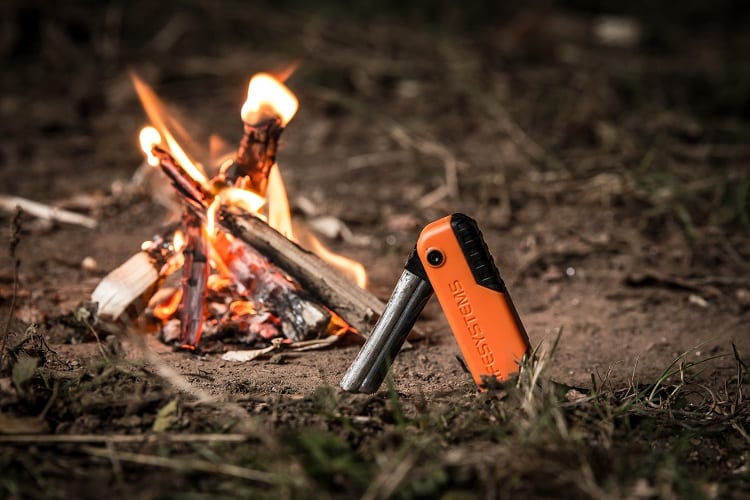
Maslow’s Hierarchy of Needs states that there is more critical than rest, warmth, water, and food. Fire-starters are perhaps one of the essential tools of survival out there. Why?
Because it’ll help you stay warm, boil water, cook food and sleep safely and soundly without having to worry about predators.
There are several different kinds of fire starters available to you. One of the best ones you can find is the Firebiner.
This carabiner with a faro-sparking fire starter and a small blade is adored because of its sheer utility.
#2 Survival Knife/Multi-Tool
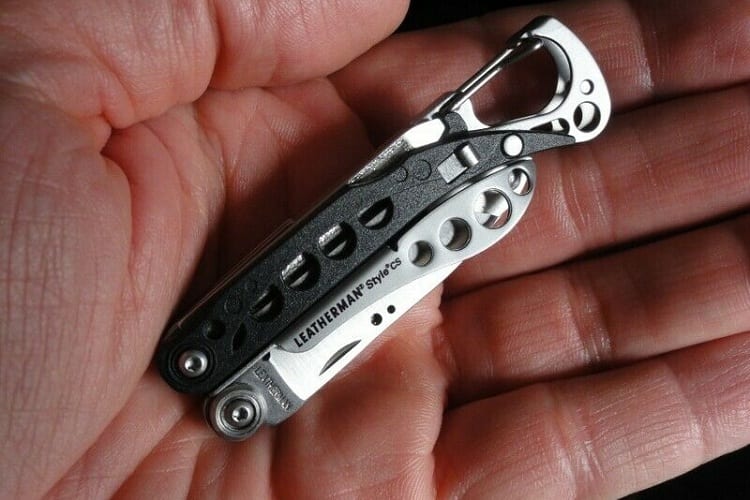
Choosing the right survival knife, multi-tool, or a combo of both things is a very personal decision.
Find tools and gear that have features that are well-aligned with the tasks you think you might be performing and your skills.
You also want to have one that’s the right weight and size for your survival kit.
Some folks feel a lot safer knowing that they have access to a knife or blade. Others, however, prefer to have a multi-tool that doesn’t attract too much attention.
There also machete-like, compact blades that can help users chop down firewood. One such example is the Karen Hood Chopper.
For multi-tools, the Leatherman Style CS is one of the more popular ones in the market. It’s loaded with essential tools like a mini-screwdriver, bottle opener, tweezers, a knife, a file, and scissors.
You can even get your hands on a tactical pen in case your emergency plan involves you scribbling notes.
Whatever you go with, ensure it’s always in your survival kit.
#3 Topographic Map And Compass

Even if you are taking a short, flat day hike in an area you’re familiar with; a topographic map is something you always have to have on hand.
It’s easy to get lost and turned around if you veer off the trail, even in the stomping grounds you most frequent.
While it’s still not likely to get lost on mere backpacking or hiking trips, it’s a good idea to know and understand how to read topographic maps.
Besides, it can also be a fun and exciting way to learn a bit more about the region or area you’re looking to explore and could prove to be one of the things that end up helping save your life.
Just like a topographic map, a compass is something you need to have in your survival kit. Not only is it easy-to-use both with other tools and alone, but it’s analog and lightweight as well.
Knowing how to read a compass correctly could mean the difference between life and death.
Take an orientation class with a mountaineering/hiking organization or a local outfitter so that you’ll know exactly how to use these classic survival tools.
#4 First Aid Kit
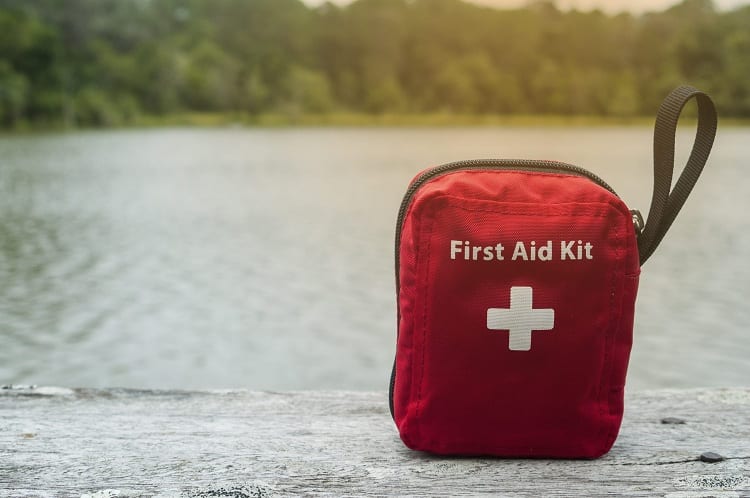
Medical kits can prove invaluable tools in the wilderness, especially if you get into a survival situation because of an accident or illness.
Think beyond antibiotic ointments for scrapes and cuts and Band-Aids, and include other things that can double-up as wilderness survival tools.
ACE bandages can be used in very many ways; large wounds you can treat with gauze pads and steri-strips can be used to close wounds with uneven edges.
Splints can be used to support fractures, and alcohol prep-pads are very versatile and can be used for many different things.
You can avoid going through guesswork by buying first aid kits specifically designed for outdoor survival. Make sure you’ve got one at all times in your survival kit.
The last thing anyone would want is for the equipment to be at the campsite or in the car at the trailhead a couple of kilometers away when disaster hits.
You might also want to consider getting a separate medical kit specifically for the vehicle, especially if you are frequently rocking the van life or car camping.
#5 Emergency Survival Whistle
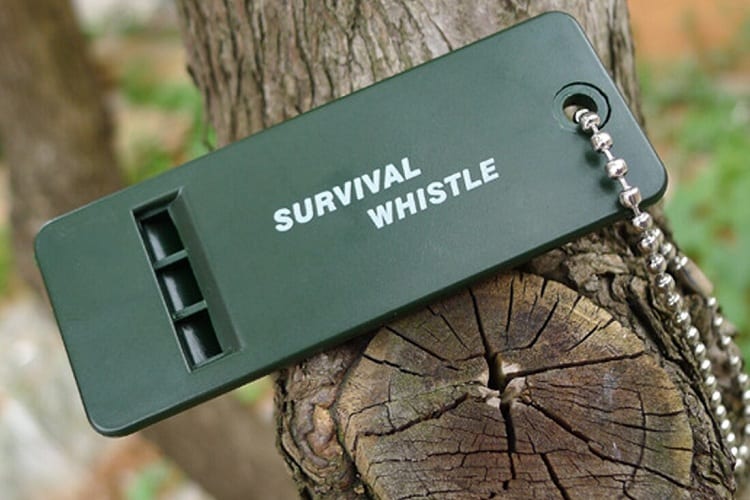
A good-quality, a loud whistle can come in handy in many wilderness scenarios.
It’s arguably one of the most critical wilderness survival tools when you’re frequently going into the wild where there aren’t many people around, and wildlife is abundant.
A whistle that measures at least 100dB will travel great distances and cut through all ambient noise.
It can also alert animals to your presence. Keep it attached to your survival pack and even to your person, if possible. It is a good idea if you and your gear get separated from each other for one reason or another.
#6 Paracord
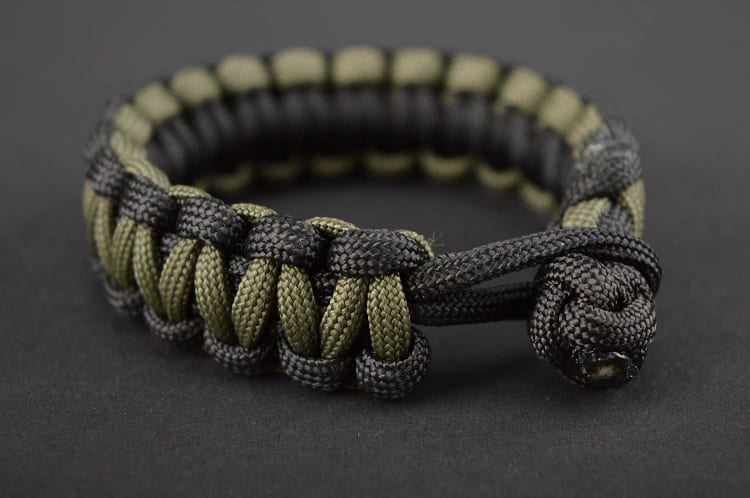
Everyone from the Lord of the Ring’s hobbits to serious hikers will tell you how important it is to travel with rope when going into the wilderness.
However, the modern-day survivalist paracord, which was introduced to the world in 1935 for the military, is always the best bet for good wilderness survival tools.
Because you manufacture it using sturdy nylon, lightweight, multiple strands of fiber, a paracord is a handy wilderness survival tool.
You can use it to repair gear, rig tarps, and braided together to develop a more robust, broader rope or take it apart to create a fishing line or sewing thread.
Wearable survival rope bracelets that use high-strength paracords will ensure you have access to a rope at all times.
#7 Water Filtration
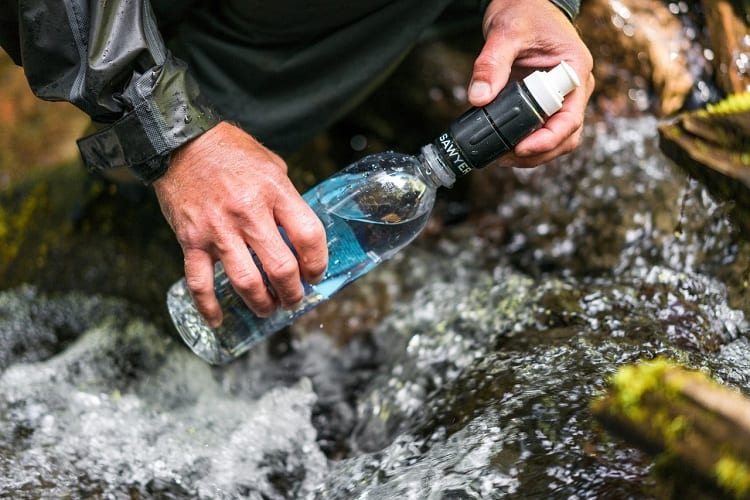
The average human being can only survive around three-days without water.
You should always stockpile more water than you think you might need for your trip in case of any delays, and it’s also a good idea to have a water filtration system on hand as well.
In a survival situation, you might need to both collect and treat the water you’ve collected if you want to stay hydrated while waiting to hike back out or while waiting for help.
The water you collect in the wild will most likely need to be treated, especially if you want to use that water for cooking food or treating wounds.
#8 Tarp
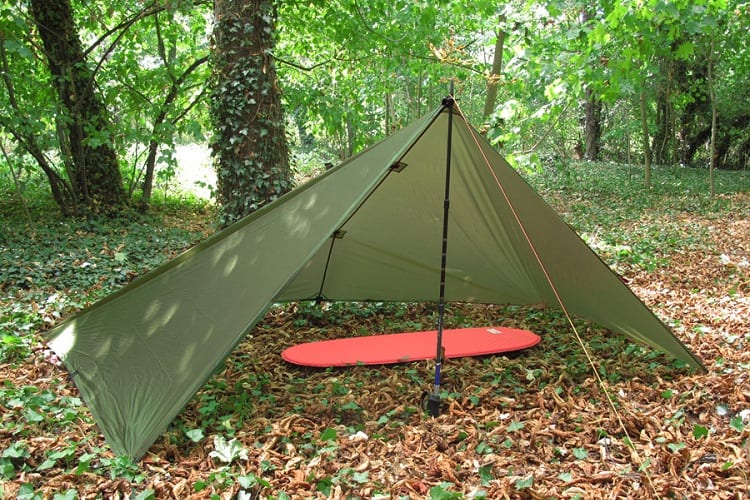
You can’t always rely on your ability to come up with a survival igloo.
Sometimes you probably want to use the space blanket to wrap your body with and not hang over your head. That is why a tarp is such a vital survival tool.
Tarp can be used as ground-padding for the tent, a prep surface when preparing food, can offer your gear protected from the elements, or even collect water for drinking.
There are not many items in a well-stocked wilderness survival kit that are more versatile than a good, durable, sturdy tarp.
#9 Space Blanket
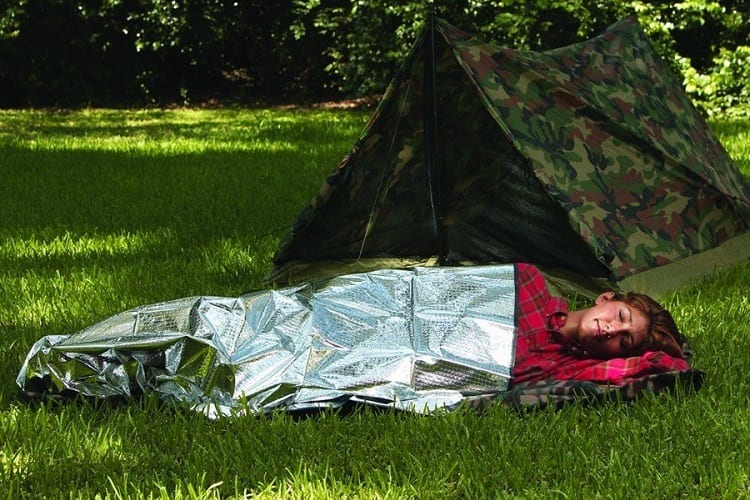
In survival situations, keeping warm can prove a considerable challenge, even in the conditions you may not expect it to be.
Temperatures can drop very fast as soon as the sun sets, especially in desert or alpine environments. Humidity or moisture can greatly impact how your body retains heat, even though the temperature during the day was warm.
If your body or clothes are wet, you’ll need to work even harder to ensure your body stays at a safe temperature.
This lightweight blanket isn’t a sleeping bag alternative; however, they’re great when you’re in a bind. They reflect the body’s heat very effectively, making it a lot easier to stay dry and warm.
You can also use the space blanket, besides keeping your body both dry and warm, by using it as a reflector and harnessing the sun’s power to cook food.
How cool, no? You can also use it to show you the way or signal for help. Lastly, you can use it to supplement a ground pad or tarp when building your shelter.
#10 Folding Pruning Saw
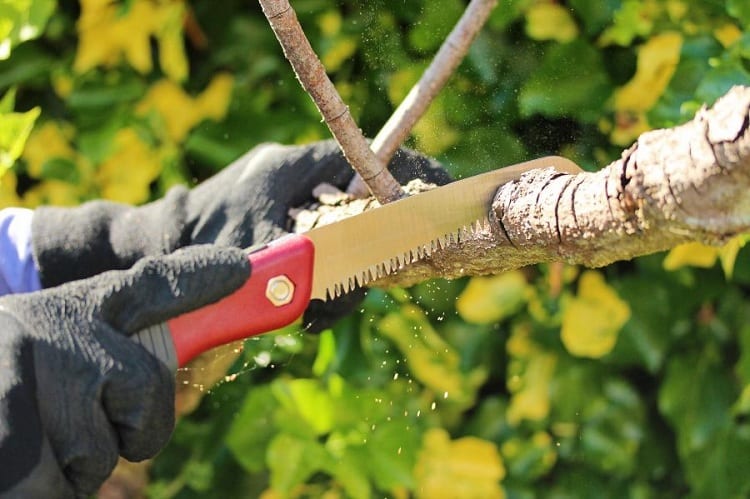
There are several different ways people can cut down tree branches for both firewood and shelter in survival situations. Some will try using a hand-chain saw, some will try a wire saw, and some will opt for a survival hatchet.
However, there’s one thing that is better than all these things we’ve just mentioned; this is a folding pruning saw.
Although it wasn’t designed as a wilderness survival tool, this saw cuts better and faster than all the options we listed and is portable.
Besides cutting quickly, the most important thing about this tool is that it doesn’t break easily, unlike a chain saw or wire saw. It also gives users the ability to do way more than just cut down tree branches.
The saw can also be used to notch these branches, which you can then put together to build a shelter’s framework.
#11 Camp Shovel
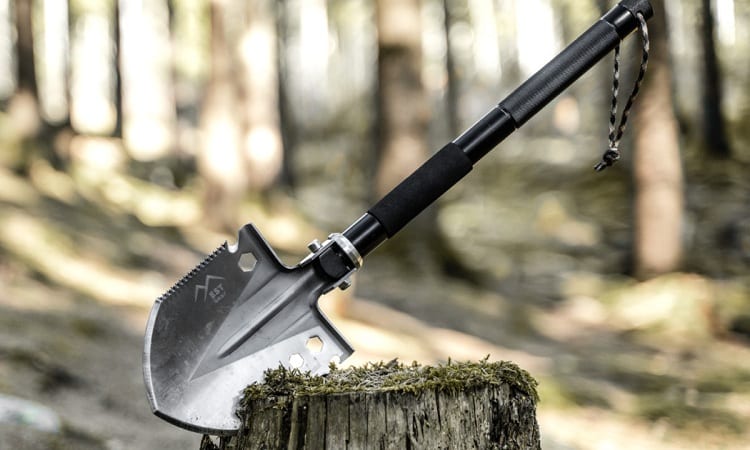
While not many people talk about this, hygiene is vital for survival. That means, amongst many other things, being able to bury your waste or dig a latrine rather than letting it sit open on the ground.
When left sitting open on the ground, human waste can spread disease and make food sources inedible.
Okay, this isn’t that important if you are someone that’s on the move.
However, if you are sowing roots in the same spot for a considerably long period, you will want to have an efficient and effective way of dealing with your human waste.
The camp shovel is also useful for building trenches when it’s raining. You might need to dig trenches around the fire pit or tent to keep water away from them.
The best survival camp shovels are the ones that have many in-built features. While backpacking gear needs to be as light as possible, this isn’t necessarily the case for camp shovels.
A heavier, slightly larger camp shovel works the best. It allows you to dig way faster and handle abuse and heavy use better.
#12 Hatchet
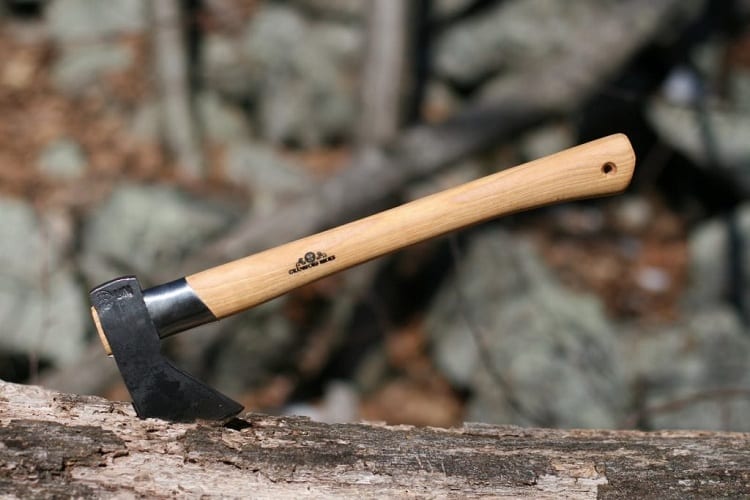
Most survivalists consider the hatchet a high-priority survival tool. The main reason you’ll need a hatchet is to have something that can help you split firewood.
However, that’s a huge and heavy tool to have in your survival pack just for that one purpose. A machete and knife can split firewood as well.
That said, if you want to have a hatchet on you, get one that features a hammer back so that you can have something to help you drive in tent stakes and the like.
Yes, you can do this with a shovel, if it’s heavy enough or rock. However, the hatchet will work the best.
Keep in mind that a hatchet and tomahawk are two very different things. While you can use a tomahawk as one, it isn’t heavy enough.
Tomahawks are intended to be used as throw weapons or handheld melee weapons, not a survival tool. Using a tomahawk as a wilderness survival tool will lead to you using up more energy than you need.
#13 Signal Mirrors
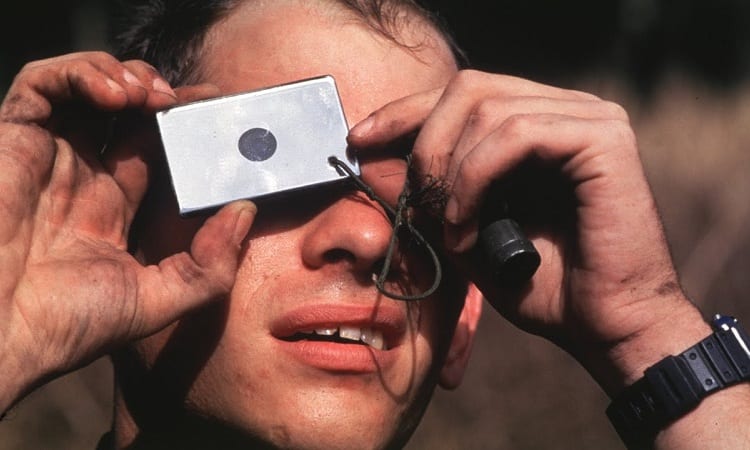
Signal mirrors allow you to reflect the rays from the sun, sending them out to the people that might be searching for you.
It can include pilots flying helicopters and airplanes, as good signal mirrors will reflect light from the sun as much as ten miles. So, what makes good signal mirrors?
The best ones are made of glass and have wires that help keep the whole thing intact if the glass breaks. There’s a sight hole that allows users to aim the signal mirror towards the people they want to contact within the middle.
Finally, most good quality signal mirrors have Morse Code printed on the back. It makes it possible for you to compose distress messages and then send them out.
Conclusion
One of the most significant challenges when it comes to buying wilderness survival tools is determining what it is you need.
There are many great survival tools out there, some of which have specifically been designed for the survival market.
With that said, you really can’t carry everything with you when heading into the wild. However, some tools are a must-have. Hopefully, this article has shown you which tools these are.
Resources:

